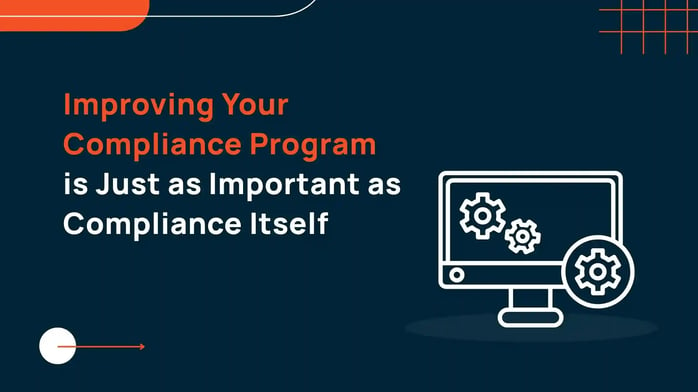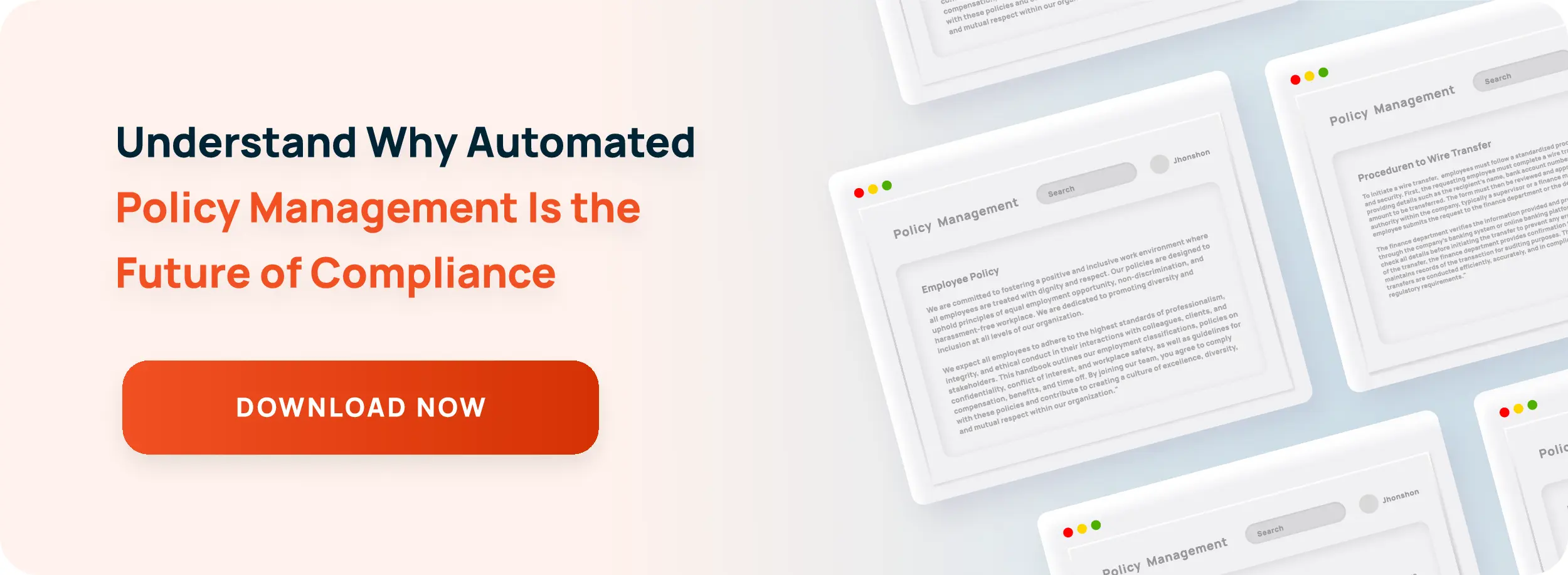Improving Your Compliance Program is Just as Important as Compliance Itself

The Head of Justice Department's Criminal Division speaks on Corporate Compliance
Recently at the SIFMA (Securities Industry and Financial Markets Association) Compliance and Legal Society Regional Seminar in New York, Assistant Attorney General Leslie R. Caldwell presented advice to legal and compliance professionals. Caldwell stated when the Department of Justice prosecutors are determining whether or not to charge a business that has engaged in some form of criminal conduct, “the department looks closely at whether compliance programs are simply ‘paper programs,’ or whether the institution and its culture actually support compliance.” Caldwell, who has been leading the Justice Department’s Criminal Division for the past year and a half, went on to say, “we look at pre-existing programs, as well as what remedial measures a company took after discovering misconduct – including efforts to implement or improve a compliance program.”
As head of the DOJ’s Criminal Division and having previously served as the director of the Justice Department’s Enron Task Force, Caldwell expertly advised the SIFMA members made up of banks, broker-dealers, and asset managers to ensure the institutions they serve are not only compliant with federal regulation, but are actively pursuing better compliance practices. “Unfortunately, a surprising number of companies still lack rigorous compliance programs. And even more companies have what appear to be good structures on paper, but fail in practice to devote adequate resources and management attention to compliance.”
The decision to improve an organization’s compliance program is not only crucial one, it is an urgent one. Using paper methods are simply no longer good enough to keep up with the evolution of compliance in today’s economy. That being said, an effective compliance solution does not have to be impractical or demanding. In fact, an effective compliance management solution can take the often burdening process of tracking policies, procedures, conflict of interest disclosures and other compliance documents and refines it. Even if an organization is no longer using paper to manage compliance, spreadsheets and email are not more efficient. These methods do not implement the necessary enhancements to a paper compliance program that are needed to ensure the program is sustainable, reasonable and most importantly, effective.
At the conference, AAG Caldwell closed with “I encourage you all to take the opportunity – both today and once you return to your respective offices – to reflect on whether your institutions truly have effective compliance policies and practices to prevent or mitigate financial crime.”
Does your organization have an effective compliance program? If you are not sure, or you are curious about implementing a solution that can help your organization become more efficient, automated and transparent when it comes to compliance, learn more about ConvergePoint’s Compliance Management Software.
Read More: 7 Key Elements of an Effective Compliance Program

